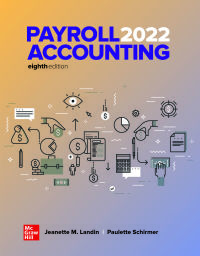Question
P owns 100% of S. At the beginning of Year 1 P buys a machine for $80,000 and immediately sells it to 5 for $100,000.
P owns 100% of S. At the beginning of Year 1 P buys a machine for $80,000 and
immediately sells it to 5 for $100,000. The group depreciates plant over five years
using the straight line method. (Residual value = $0.)
When the consolidated financial statements for Year 1 are prepared there are two
problems:
- P has made a profit of $20,000, but from the point of view of the group, this is
unrealised.
During Year 1, S has charged depreciation on the machine. This has been based
on the machine's cost to S, not its original cost to the group.
Both the unrealised profit and the excess depreciation must be eliminated from the
consolidated financial statements.
Suppose that in the example above the facts are exactly as before, except that P now
owns onlv 80% of S.
Step by Step Solution
There are 3 Steps involved in it
Step: 1

Get Instant Access to Expert-Tailored Solutions
See step-by-step solutions with expert insights and AI powered tools for academic success
Step: 2

Step: 3

Ace Your Homework with AI
Get the answers you need in no time with our AI-driven, step-by-step assistance
Get Started


